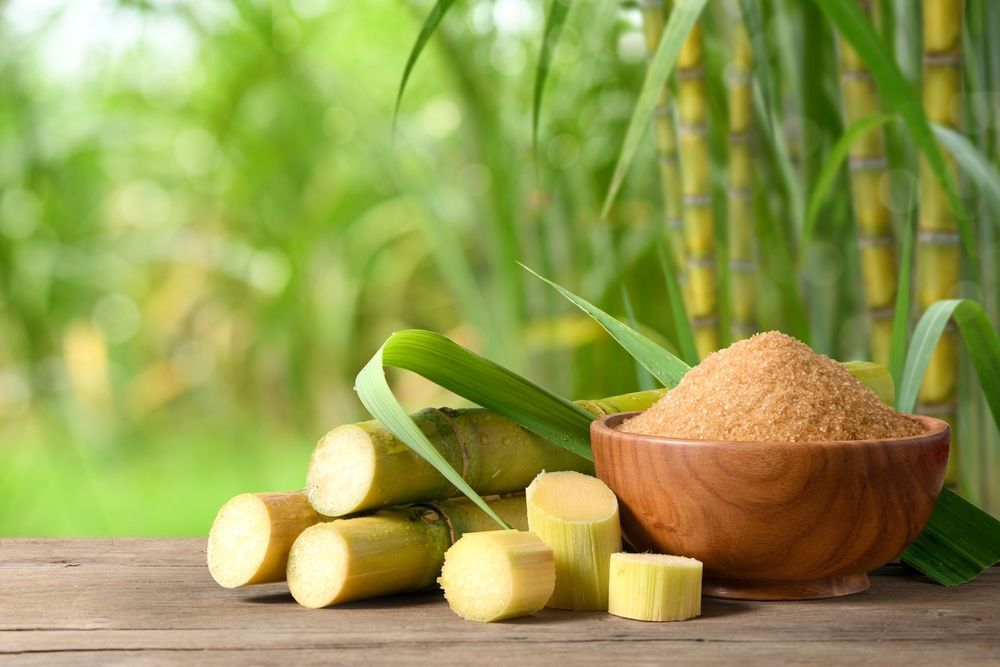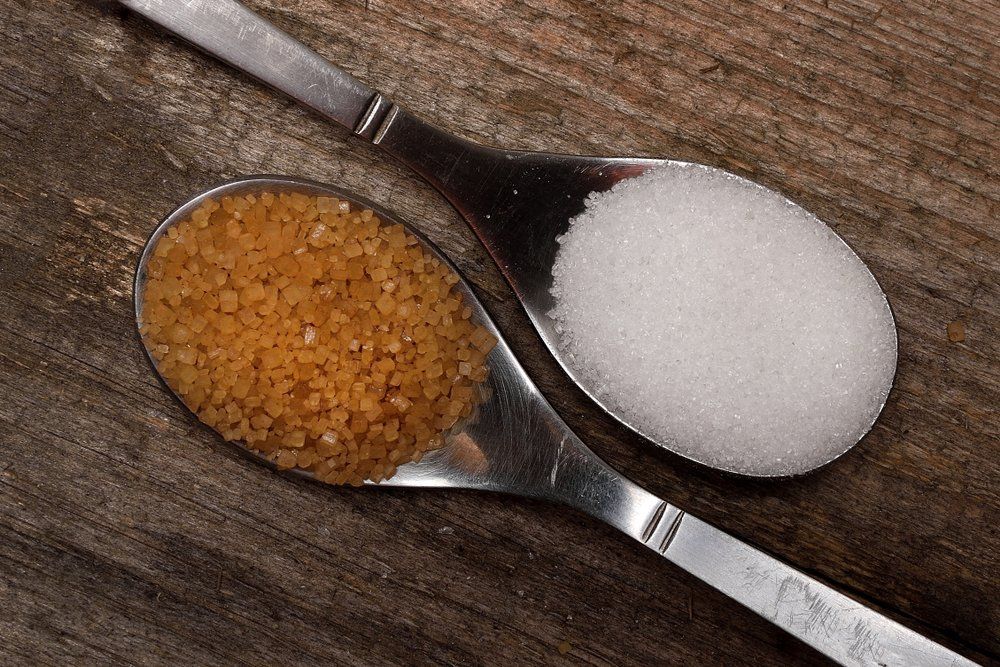Food companies consider beet sugar vs cane sugar when choosing sweeteners for different food products.
Food companies consider beet sugar vs cane sugar when choosing sweeteners for different food products.
Blog Article
Discover the Uses and Conveniences of Beet Sugar Vs Cane Sugar in Your Daily Diet
Discovering the distinct top qualities of beet and cane sugar discloses greater than just their sweetening capacities; it highlights their special influence on wellness and cookeries. Beet sugar, recognized for its subtle flavor, is frequently preferred in fragile desserts, whereas cane sugar, with its tip of molasses, includes richness to durable recipes. Each kind holds its own nutritional profile and glycemic ramifications, inviting a deeper understanding of their functions in a well balanced diet regimen and lasting consumption techniques.
Beginning and Manufacturing Procedures of Beet and Cane Sugar

The unique environments and soil kinds required for growing sugar beetroots and sugarcane add to differences in their growing methods and geographical distribution, influencing the business economics and sustainability of their manufacturing. beet sugar vs cane sugar.
Nutritional Comparison In Between Beet Sugar and Cane Sugar
Despite stemming from different plants, beet sugar and cane sugar are nutritionally really similar, both primarily containing sucrose. Each offers regarding 4 calories per gram, converting to about 16 calories per tsp. Structurally, both sugars are made up of about 99.95% sucrose, with marginal quantities of various other materials like dampness and trace element, which do not significantly modify their nutritional profiles.

Eventually, when selecting in between beet sugar and cane sugar based on here nutritional content alone, both deal the same advantages and disadvantages as they are basically forms of the same particle-- sucrose, offering fast power without other nutrients.
Influence On Health: Glycemic Index and Caloric Material
Exploring additionally into the impacts of beet sugar and cane sugar on health, it is crucial to consider their glycemic index and caloric web content. The glycemic index (GI) of both beet and cane sugar is around 65, classifying them as high-GI foods, which can create quick spikes in blood glucose degrees.
Each sort of sugar has around 4 calories per gram, making their caloric web content equivalent. For those monitoring calorie consumption, specifically when managing weight or metabolic wellness conditions, comprehending this equivalence is important (beet sugar vs cane sugar). Extreme intake of any kind of high-calorie, high-GI food can contribute to health and wellness problems such as weight problems, heart disease, and insulin resistance.
Environmental and Economic Considerations of Sugar Manufacturing
Beyond health and wellness impacts, the manufacturing of beet and cane sugar also elevates significant ecological and economic Visit Website concerns. Sugar beet cultivation tends to require cooler environments and has a lower geographical footprint contrasted to sugar cane, which thrives in exotic areas. Both crops are extensive in terms of water usage and land occupation, possibly leading to deforestation and water scarcity. Economically, the international sugar market is highly unpredictable, influenced by changes in global trade policies and subsidies. Numerous countries incentivize sugar manufacturing via monetary assistance, skewing market value and influencing small farmers adversely.
Additionally, the usage of chemicals and plant foods in both beet and cane sugar cultivation can lead to dirt destruction and air pollution, more impacting biodiversity and neighborhood water bodies (beet sugar vs cane sugar). The option between cultivating sugar beet go to this site or cane frequently depends upon local environmental problems and financial factors, making the sustainability of sugar manufacturing a complex issue
Culinary Applications and Taste Differences
While the environmental and economic facets of sugar manufacturing are undoubtedly considerable, the option in between beet and cane sugar also affects cooking applications and flavor accounts. Beet sugar, obtained from the sugar beet plant, is understood for its extremely neutral preference.
Walking cane sugar, extracted from sugarcane, frequently retains molasses traces, which impart a distinct richness and deepness. This minor molasses flavor improves the intricacy of baked goods, sauces, and marinades. It is specifically preferred in items where a sugar undertone is preferred, such as in brownies or gingerbread. Additionally, the slight variation in dampness content between beet and cane sugar can impact the structure and uniformity of recipes, making cane sugar a favored option for certain recipes that take advantage of its distinct residential or commercial properties.

Verdict
Finally, both beet and cane sugar have unique origins and production procedures, providing comparable dietary profiles with small differences in sodium content and taste. While their influence on health, specifically pertaining to glycemic index and calories, is comparable, the choice between them typically boils down to environmental, financial elements, and certain cooking requirements. Understanding these facets can guide consumers in making informed choices that align with their health objectives and taste choices.
Report this page